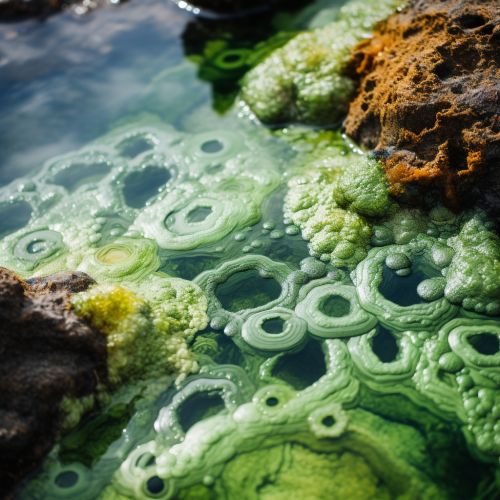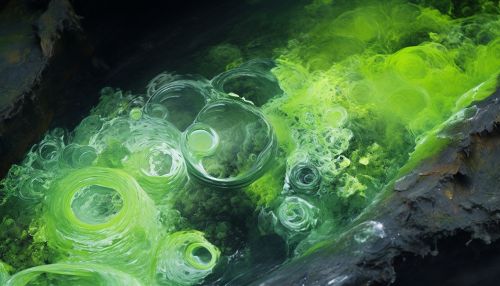Photosynthesis in Extreme Environments
Introduction
Photosynthesis is a fundamental biological process that allows plants, algae, and some bacteria to convert light energy, usually from the sun, into chemical energy in the form of glucose. This process is typically associated with green plants in temperate environments. However, photosynthesis also occurs in extreme environments, where conditions far exceed the tolerances of most life forms. This article will delve into the fascinating world of photosynthesis in extreme environments, exploring the organisms that can perform this process under harsh conditions and the adaptations that enable them to do so.
Photosynthetic Organisms in Extreme Environments
Photosynthetic organisms, known as phototrophs, are found in a wide range of environments on Earth, from the deepest oceans to the highest mountains, and from the hottest deserts to the coldest tundras. These organisms have evolved a variety of strategies to capture light energy and convert it into chemical energy, even in conditions that would be lethal to most other life forms.
Cyanobacteria
Cyanobacteria, also known as blue-green algae, are one of the most resilient photosynthetic organisms. They are found in a variety of extreme environments, including hot springs, polar regions, deserts, and deep-sea hydrothermal vents. Cyanobacteria are capable of photosynthesis under extreme conditions due to their robust photosynthetic machinery and various adaptive mechanisms.
Algae
Certain types of algae, such as diatoms and red algae, are also known to perform photosynthesis in extreme environments. For instance, red algae are found in deep-sea environments where light penetration is minimal. They have adapted to capture and utilize the blue light that penetrates deep into the ocean for photosynthesis.
Plants
While most plants are found in temperate environments, some have adapted to extreme conditions. For instance, certain species of mosses and lichens can perform photosynthesis in the harsh conditions of the Arctic and Antarctic regions.
Adaptations for Photosynthesis in Extreme Environments
Photosynthetic organisms in extreme environments have evolved a range of adaptations that enable them to capture light energy and perform photosynthesis under harsh conditions. These adaptations can be structural, physiological, or biochemical in nature.
Structural Adaptations
Structural adaptations refer to the physical characteristics of an organism that enable it to survive in its environment. In the context of photosynthesis, these adaptations often involve modifications to the organism's light-capturing structures. For example, some cyanobacteria in hot springs have evolved filamentous structures that allow them to form mats on the water surface, maximizing their exposure to sunlight.
Physiological Adaptations
Physiological adaptations involve changes in an organism's metabolic processes to cope with extreme conditions. For instance, some photosynthetic organisms in cold environments have evolved the ability to perform photosynthesis at low temperatures, while others in hot environments can perform photosynthesis at temperatures that would denature the enzymes of most other organisms.
Biochemical Adaptations
Biochemical adaptations involve changes at the molecular level, such as modifications to the photosynthetic pigments or enzymes. For example, red algae in deep-sea environments have evolved photosynthetic pigments that can absorb blue light, which is the only wavelength of light that penetrates to these depths.
Challenges and Solutions
Photosynthetic organisms in extreme environments face a variety of challenges, from extreme temperatures and pressures to high levels of radiation and low nutrient availability. However, these organisms have evolved a range of solutions to these challenges, allowing them to perform photosynthesis and thrive in these harsh conditions.


Conclusion
Photosynthesis in extreme environments is a testament to the resilience and adaptability of life. The organisms that perform this process under such conditions have evolved a range of adaptations that enable them to capture light energy and convert it into chemical energy, even in the face of extreme environmental challenges. Understanding these adaptations and the mechanisms behind them not only provides insights into the diversity and adaptability of life on Earth, but also has potential applications in areas such as bioenergy production and astrobiology.
